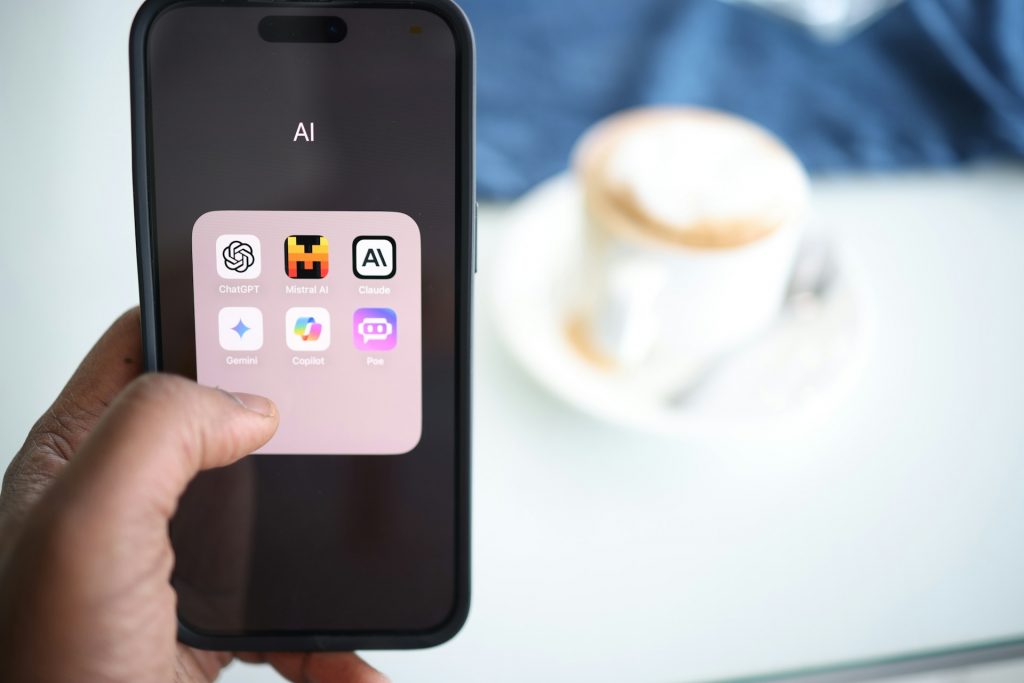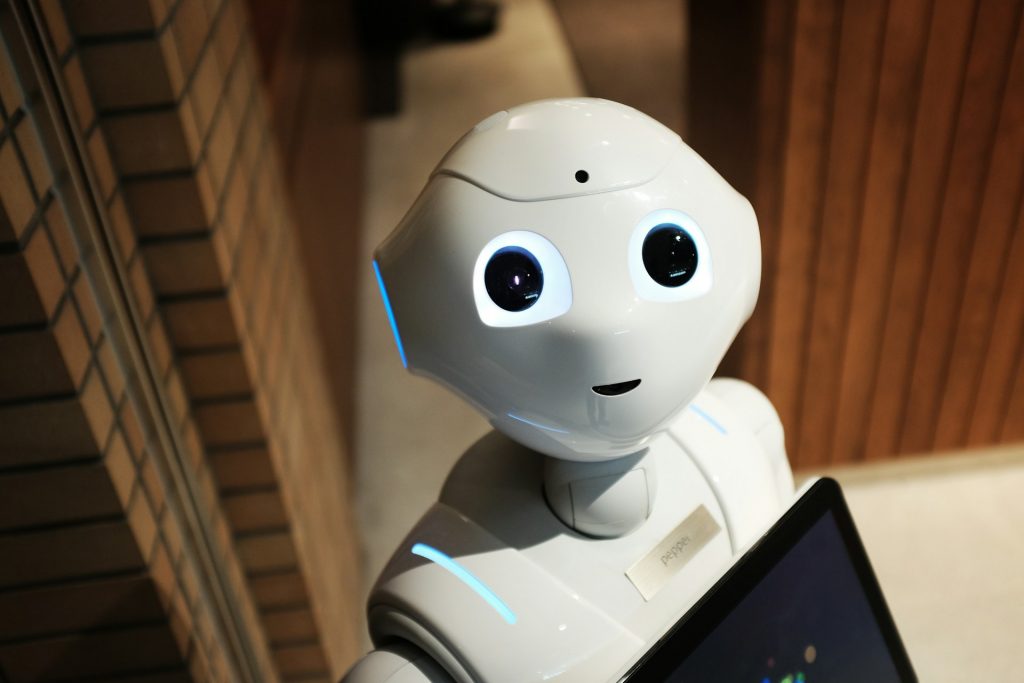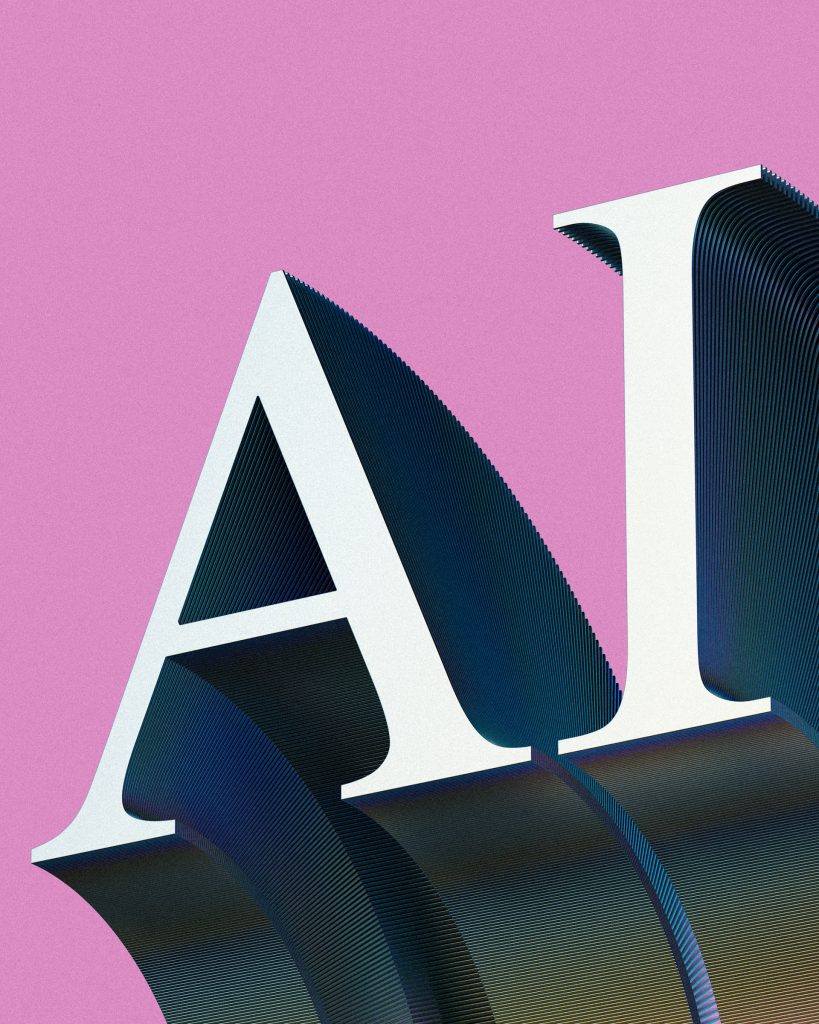The Future is Now: Top 7 Artificial Intelligence Trends Shaping 2025
Artificial Intelligence is no longer hype—it’s the backbone of how we work, create, and interact with technology. In 2025, AI trends are shifting from simple chatbots to advanced autonomous systems that reshape industries. Let’s explore the top AI trends in 2025 and what they mean for businesses and individuals alike.
1. Generative AI Becomes Everyday Tech

Generative AI is one of the biggest AI trends of 2025. Tools like ChatGPT, Claude, and Gemini are now integrated into marketing, design, and customer support. Expect multimodal AI that combines text, images, video, and voice for seamless content creation.
Generative AI isn’t just for tech enthusiasts anymore—it’s part of our daily tools. In 2025, businesses of all sizes are using AI-powered platforms like ChatGPT, Claude, and Gemini to handle everything from:
- Content creation: blogs, emails, ad copy, video scripts
- Design workflows: AI-to-UI design, wireframing, branding
- Customer experience: chatbots that feel human-like
- Education & learning: personalized tutoring systems
The biggest leap is in multimodal AI—models that combine text, images, video, and voice. For example, you can describe a product and instantly generate ad visuals, marketing copy, and a video promo in one go.
👉 Why it matters: By 2025, generative AI isn’t replacing jobs—it’s making humans more productive and creative.
2. Autonomous AI Agents & Workflow Automation

One of the most exciting artificial intelligence trends in 2025 is the rise of AI agents. Instead of just answering questions, they’re booking meetings, running campaigns, and even writing code. Businesses are adopting autonomous AI workflows to reduce costs and increase efficiency.
One of the hottest AI trends of 2025 is the rise of AI agents. Unlike traditional AI assistants, these agents don’t just respond—they take action.
For example:
- A marketing AI agent can plan, run, and monitor ad campaigns.
- A developer AI agent can debug code, push updates, and deploy apps.
- A sales AI agent can book meetings, send follow-ups, and qualify leads.
Businesses are building semi-autonomous workflows where human employees focus on strategy while AI handles execution.
👉 Why it matters: Companies using AI agents are cutting costs, saving time, and scaling faster than competitors.
3. Human + AI Creativity Collaboration
AI isn’t replacing creators—it’s enhancing them. Designers, writers, and artists use AI for brainstorming, prototyping, and generating visuals. This AI-human collaboration trend is shaping industries from entertainment to product design.
A lot of people feared AI would kill creativity—but in 2025, the opposite is true. AI has become a co-pilot for human imagination.
- Designers use AI to generate logo variations, UI mockups, and product concepts.
- Musicians experiment with AI-driven beats and compositions.
- Writers & filmmakers use AI to brainstorm storylines, create characters, or produce storyboards.
The trend isn’t “AI replacing creativity,” but rather AI speeding up the boring parts—so humans can focus on originality, emotion, and vision.
👉 Why it matters: The future of creativity is human + AI collaboration, not human vs AI.
4. AI Regulation & Ethical AI Adoption
With the EU AI Act and U.S. guidelines, AI regulation is becoming a major trend. In 2025, companies are focusing on ethical AI—ensuring fairness, transparency, and safety in AI adoption.
With great power comes great responsibility—and AI is no exception. In 2025, governments and companies are racing to regulate AI.
- The EU AI Act sets global standards for ethical AI use.
- The U.S. has new AI guidelines focused on transparency and bias reduction.
- Asia is pushing for responsible AI adoption in industries like finance, healthcare, and education.
Key areas of regulation include:
- Bias & fairness – avoiding discrimination in AI decisions
- Transparency – knowing when you’re interacting with AI
- Safety & accountability – ensuring AI systems don’t cause harm
👉 Why it matters: Ethical AI is no longer optional—it’s required for global business compliance.
5. Industry-Specific AI Models
Generic models are giving way to domain-specific AI. From healthcare to finance, these tailored models deliver higher accuracy and fewer hallucinations. This is one of the most impactful AI trends for businesses in 2025.
In 2025, one-size-fits-all AI is being replaced by specialized models. Companies are building domain-trained AI for specific industries:
- Healthcare AI: Diagnosing diseases, drug discovery, patient monitoring
- Finance AI: Fraud detection, risk analysis, algorithmic trading
- Legal AI: Contract review, case research, compliance checks
- Agriculture AI: Crop monitoring, yield prediction, pest control
These specialized AI systems are more accurate and reliable than general-purpose chatbots because they’re trained on domain-specific data.
👉 Why it matters: Businesses adopting industry-specific AI gain higher efficiency, fewer errors, and better results.
6. Edge AI & On-Device Intelligence
AI is moving beyond the cloud. Edge AI—processing data directly on devices—is revolutionizing healthcare, autonomous vehicles, and IoT. In 2025, expect faster, more private, and real-time AI decisions at the edge.
Cloud-based AI is powerful, but in 2025, the big trend is Edge AI—processing data locally on devices.
Where it’s booming:
- Healthcare: Wearable devices analyzing heart rate, glucose levels, and early disease detection without sending data to the cloud.
- Autonomous vehicles: Cars making split-second AI decisions locally for safety.
- IoT devices: Smart home devices responding instantly without internet lag.
- AR/VR experiences: Real-time processing for immersive environments.
Edge AI is faster, more secure, and more private because data stays on-device.
👉 Why it matters: Edge AI is powering a future where AI works instantly and securely, without depending on the cloud.
7. AI-Powered Search & Knowledge Management

The future of search is conversational. With AI-driven search engines like Perplexity and ChatGPT Search, keyword queries are being replaced with natural conversations. Businesses are also using AI-powered knowledge management systems to organize information internally.
Search as we know it is being redefined. In 2025, AI-driven search engines like Perplexity AI and ChatGPT Search are transforming how people find information.
Instead of typing keywords and scrolling through links, users can:
- Ask a natural question and get a direct, detailed answer.
- Get summarized insights from multiple sources.
- Use context-aware search that understands intent, not just words.
Inside organizations, AI knowledge management tools are helping employees find documents, policies, and project details instantly—saving hours of wasted search time.
👉 Why it matters: The future of search is conversation-driven and context-aware, not keyword-based.
Final Thoughts on AI Trends 2025
The future of artificial intelligence in 2025 is about transformation—not just assistance. From generative AI to autonomous agents and ethical adoption, these trends will define how humans and technology work together.
The AI landscape in 2025 is transforming how we work, live, and create. From generative AI and autonomous agents to industry-specific models and ethical adoption, artificial intelligence is moving from assistant to partner in progress.
If there’s one key takeaway:
👉 The future isn’t about humans vs AI—it’s about humans + AI working together to build something greater. To stay competitive, embrace these AI innovations early and combine them with human creativity.

Leave a Reply